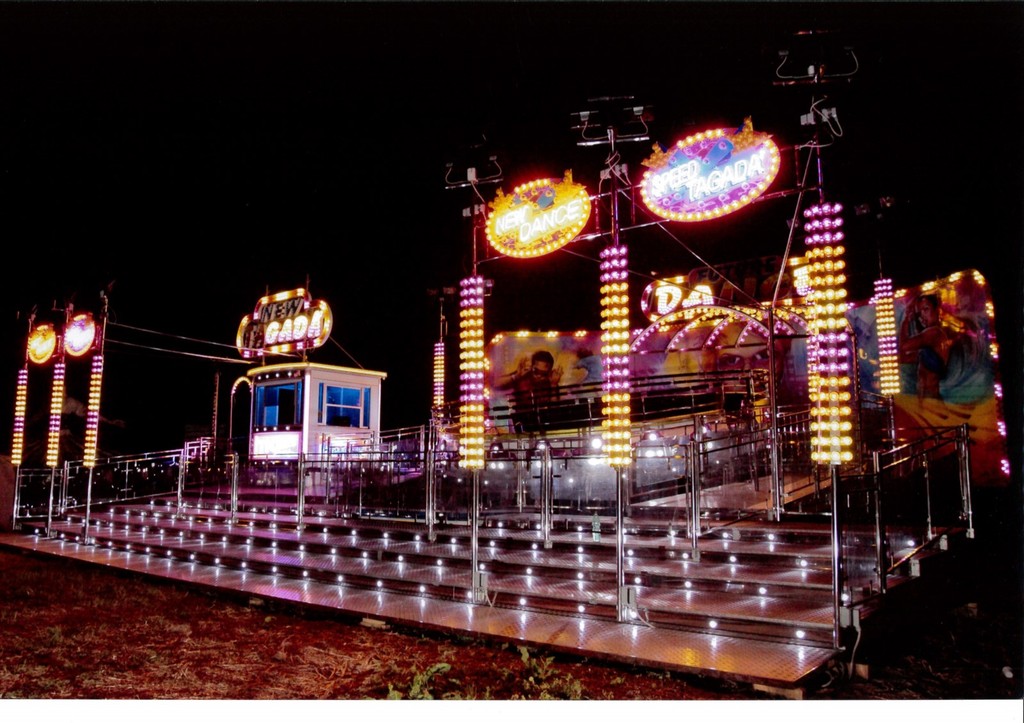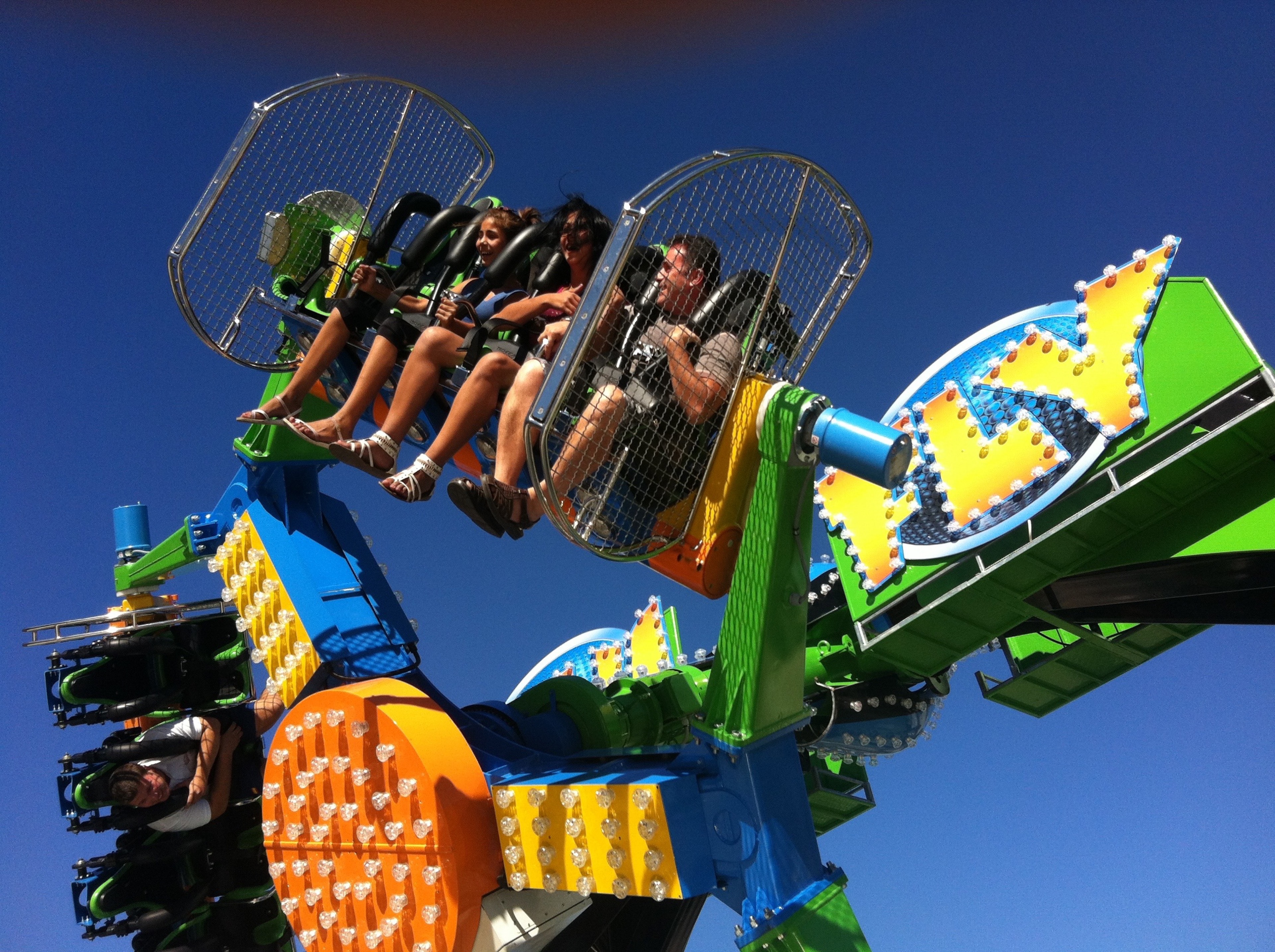Imagine gazing out over a sprawling cityscape, where the horizon appears infinite, and the bustling world below looks more like a miniature diorama than a bustling metropolis. This is the breathtaking view from atop Ferris wheels, a timeless carnival attraction and architectural marvel. But have you ever paused to ponder how such a colossal structure is constructed and operates? Beyond the enchanting lights and panoramic vistas, there lies a tale of human ingenuity.
The Birth of an Icon
Before delving into the construction nuances, it’s pivotal to appreciate the Ferris wheel’s genesis. Conceived by George Washington Gale Ferris Jr. for the 1893 Chicago World’s Fair, the original Ferris wheel stood as an engineering marvel of its time. Intended to rival the Eiffel Tower, Ferris’ creation was both a demonstration of American prowess and a symbol of optimism in the age of industry.
The Foundation: Ground Up
The secret to the stability of any towering structure, including the Ferris wheel, lies in its foundation. A deep foundation, often composed of interlocked concrete-filled steel piles, anchors the wheel firmly to the ground. These piles can penetrate dozens of feet underground, ensuring the wheel can endure high winds, dynamic loads, and other external forces.
The Central Spindle and Rotation
At the Ferris wheel’s heart is the axle or central spindle. This critical component, traditionally crafted from robust steel, ensures the wheel’s rotation. As wheels have evolved in size and ambition, so too have the engineering strategies. Modern wheels, like the London Eye, opt for a more complex rotation mechanism—a combination of electric motors and advanced gear systems.
The Capsules: Designing Views and Safety
While earlier Ferris wheel designs had open-air seats, contemporary variants house enclosed capsules or gondolas. These are not mere additions but involve intricate design elements:
- Material: Often made of lightweight, transparent materials like polycarbonate or tempered glass, they ensure unobstructed views while safeguarding against external elements.
- Safety Mechanisms: Modern capsules are equipped with emergency communication systems, climate control, and sometimes even escape hatches for utmost safety.
- Dynamic Balancing: Engineers employ a meticulous balancing act, ensuring that as passengers embark and disembark, the wheel’s balance remains undisturbed.
The Lights: More than Just Aesthetics
Today’s Ferris wheels are luminescent spectacles when night falls. These aren’t just for show. LED lighting systems, often computer-controlled, perform dual roles. They enhance aesthetic appeal while serving practical purposes. For instance, specific light sequences can indicate the wheel’s operational status or signal emergencies.
Sustainable Ferris Wheels: The Future
The next frontier for Ferris wheels is sustainability. Innovators are exploring energy-efficient designs, sourcing materials with lower carbon footprints, and integrating renewable energy. Some ambitious designs even propose wheels covered in vegetation or those that purify air as they rotate.
In Conclusion
The Ferris wheel, while seemingly simple in its graceful rotation, is a culmination of advanced engineering, thoughtful design, and a sprinkle of magic. It stands testament not just to the joys of a carnival but to the infinite potential of human ingenuity. As the world spins on, so too will our love for these giants of joy, and the stories of innovation they continue to weave.





